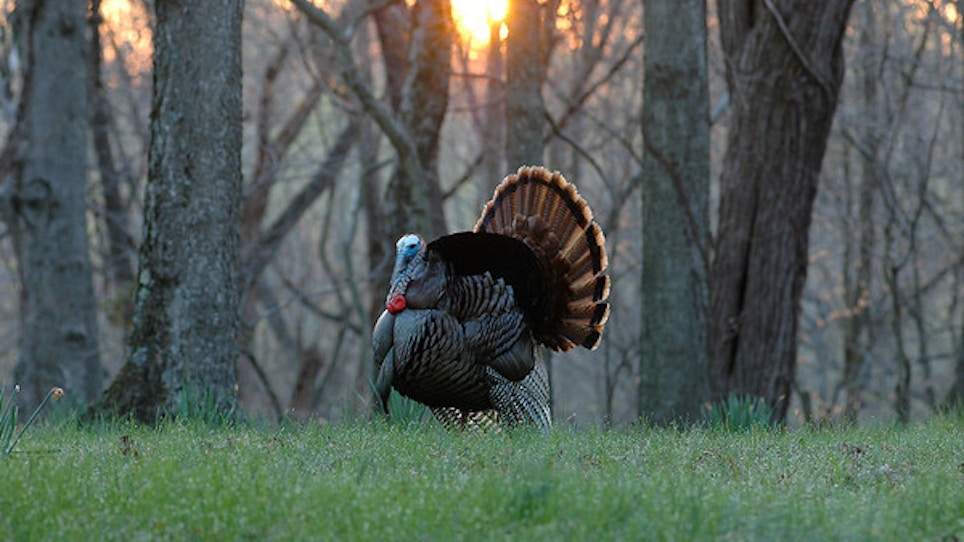Mesoamerican cultures first began raising turkeys between 2,000 and 3,000 years ago according to archeological evidence. And, in fact, wild turkeys were domesticated fairly recently when compared to other common barnyard animals. Cattle, pigs, cats, dogs and chickens have all been part of human life for at least 10,000 years.
Yet, while it’s largely accepted that ancient society relied on wild turkeys for meat, recently published research now suggest wild turkeys had a symbolically important relationship with ancient Mesoamericans that reached far beyond sustenance.
Related: Domesticated turkey vs. wild turkey: what’s the difference?
According to National Public Radio, ancient turkey bones have been discovered in “high status, ceremonial locales.”
Archaeological evidence backs up Cortés' claim that ancient people ate turkey, but more bones appear in special locations than at garbage sites. Because their bones show up in these high status, ceremonial locales, turkeys were probably mainly prized for more than their meat. "There is another site where we have evidence of complete turkeys with human burials," says Aurelie Manin, an archaeologist at the University of York, in the United Kingdom.
Even before the publication of this new accretion, experts know wild turkeys had some degree of symbolic importance given evidence presented in the Aztex Codex, an ancient map of the region.
(It) includes turkeys alongside important gods and ceremonies, showing their special status. There's even a turkey deity, Chalchiuhtotolin, god of the plagues. Archaeologists had found an ancient flute, called an ocarina, decorated with a turkey drawing at a grave site in Monte Alban, Oaxaca, Mexico. And in Oaxtepec, Morelos, Mexico, a dig uncovered the complete turkey skeleton at a burial that Manin mentioned, suggesting Mesoamerican people sometimes buried humans with turkeys.
"It seems that they were sometimes putting the turkeys on plates [at burials], so they might have been cooked somehow, or the turkey would just lay next to the individual," Manin says. It's hard to tell whether a turkey at a grave site is meant as a companion, a snack, or a status symbol, but any of those options elevate the turkey above an ordinary bird.
Read More
You can read more about this ancient society’s relationship with wild turkeys, including various types of captivity from caged to free-range, at NPR’s “The Salt,” which covers food news from the farm to the plate and beyond.
Related: Top 10 wild turkey hunting states
Related: How to remove a wild turkey fan and beard
Related: How to field dress a wild turkey






